Pharmaceutical Industry: Pricing, Patents, and Product Innovation
VerifiedAdded on 2023/04/08
|6
|792
|437
Case Study
AI Summary
This case study explores the complexities of pharmaceutical pricing, patent systems, and product innovation, particularly focusing on the impact on third-world countries. It examines how the pharmaceutical industry utilizes patents to protect profits, leading to concerns about high drug costs, especially for diseases like malaria and HIV/AIDS. Key findings reveal that research and development costs significantly influence drug pricing, with patent systems playing a crucial role in recouping investments. The analysis delves into the sensitivity of patients and medics to drug pricing, the potential for competition to reduce monopolies, and the industry's substantial investment in marketing. The study reflects on the effects of price controls, the questioning of patent rights, and the challenges faced by low-income countries in accessing essential medicines. It concludes with questions about the effectiveness of price cutting and the necessity of patent monopolies, suggesting that competition could drive innovation and reduce costs. This document is available on Desklib, a platform offering a range of study resources including past papers and solved assignments.
1 out of 6
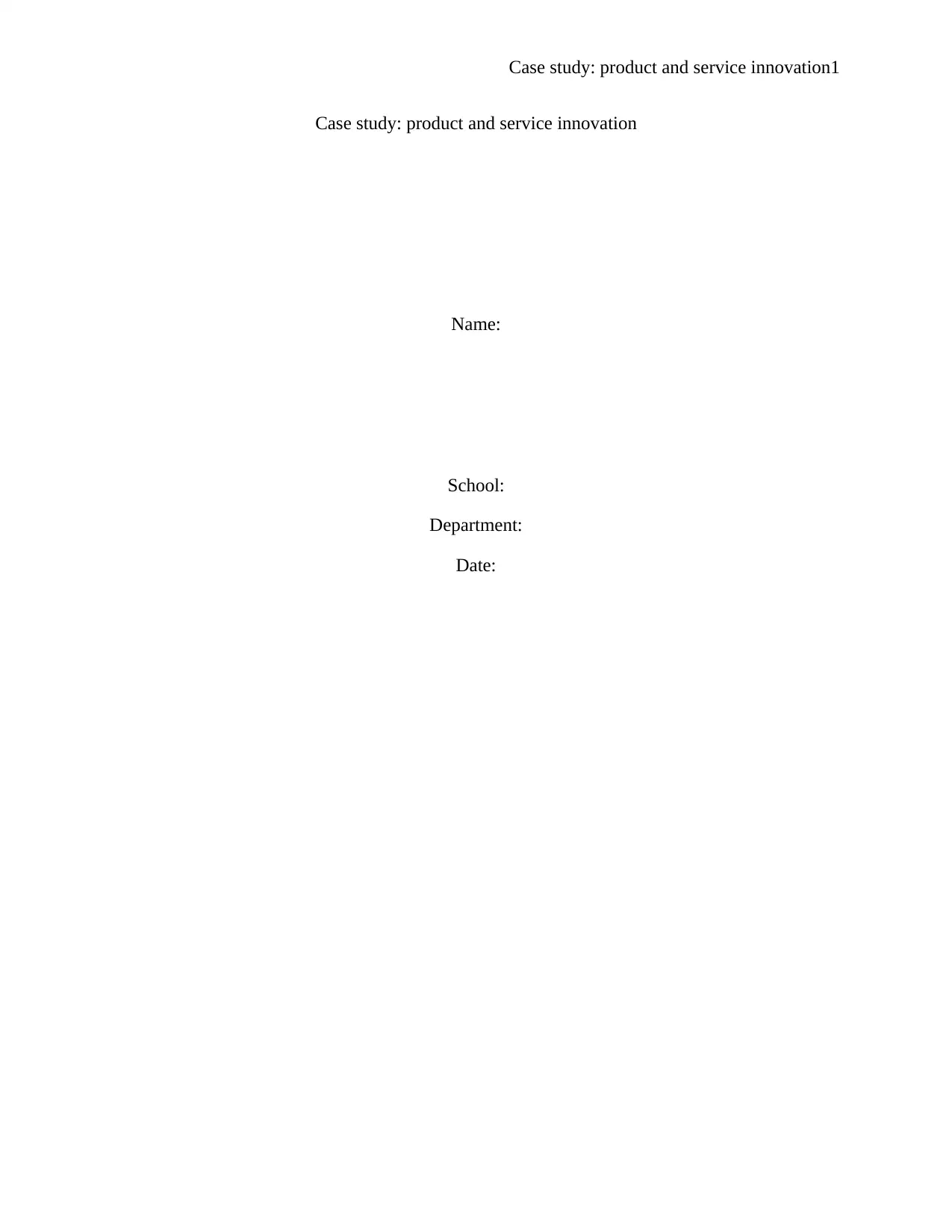
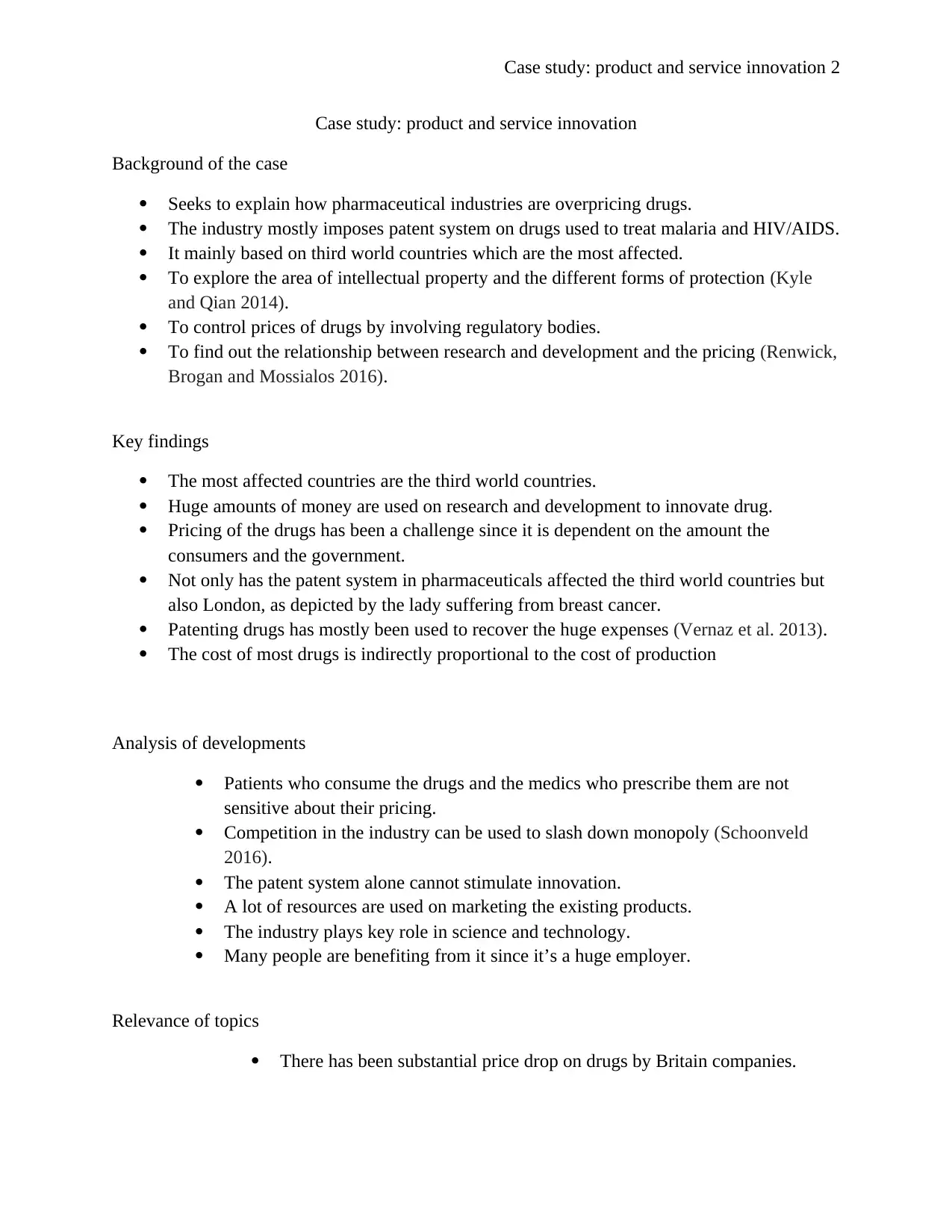
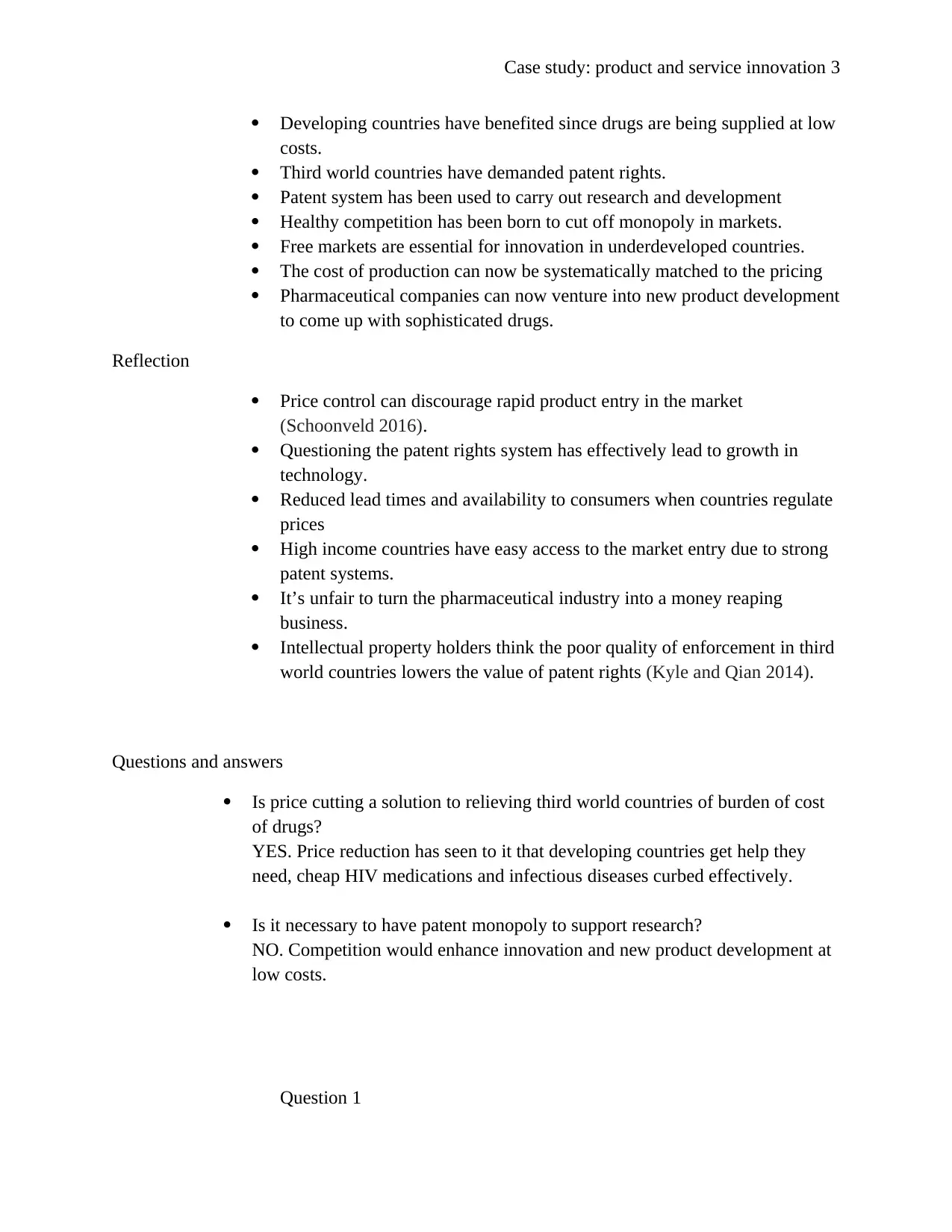

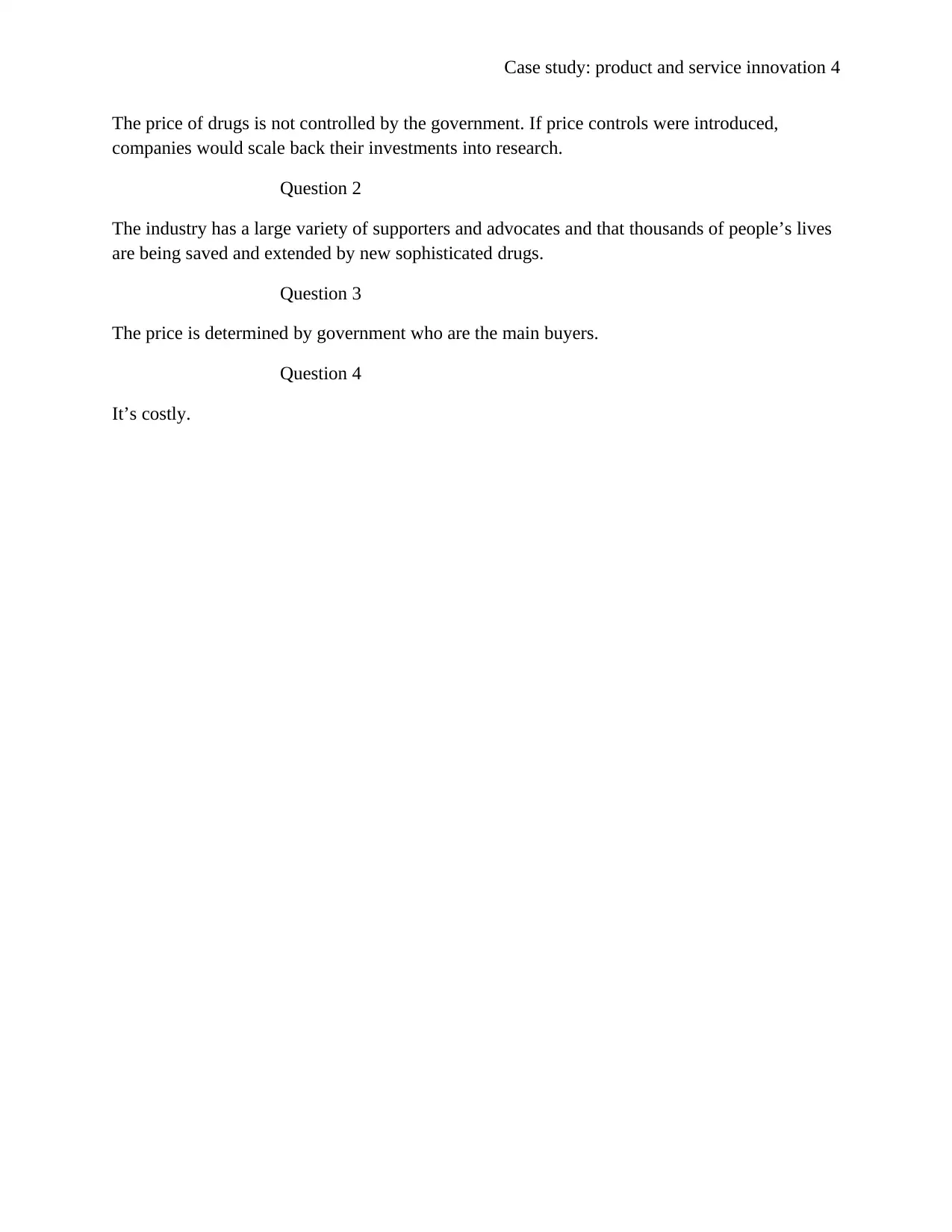
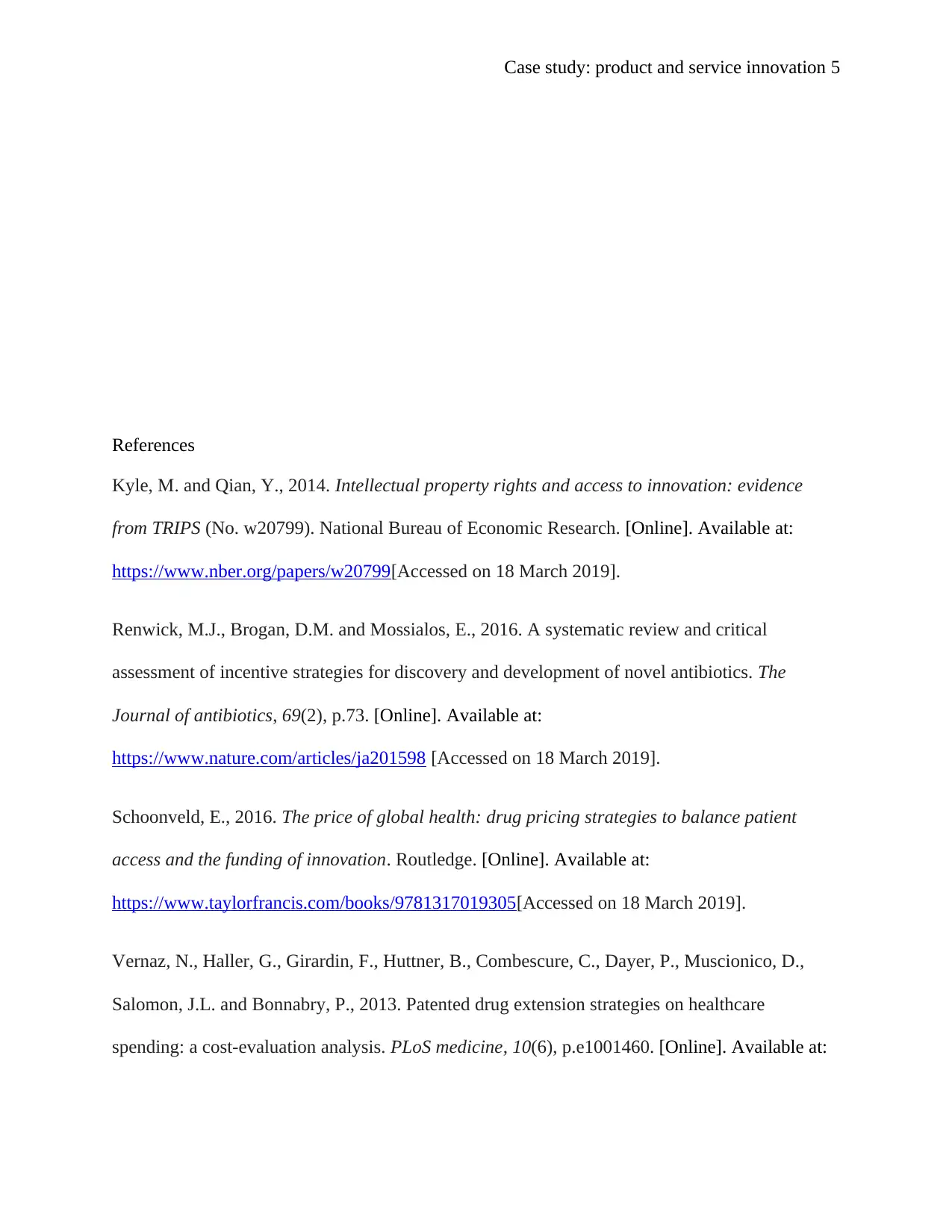







![[object Object]](/_next/static/media/star-bottom.7253800d.svg)